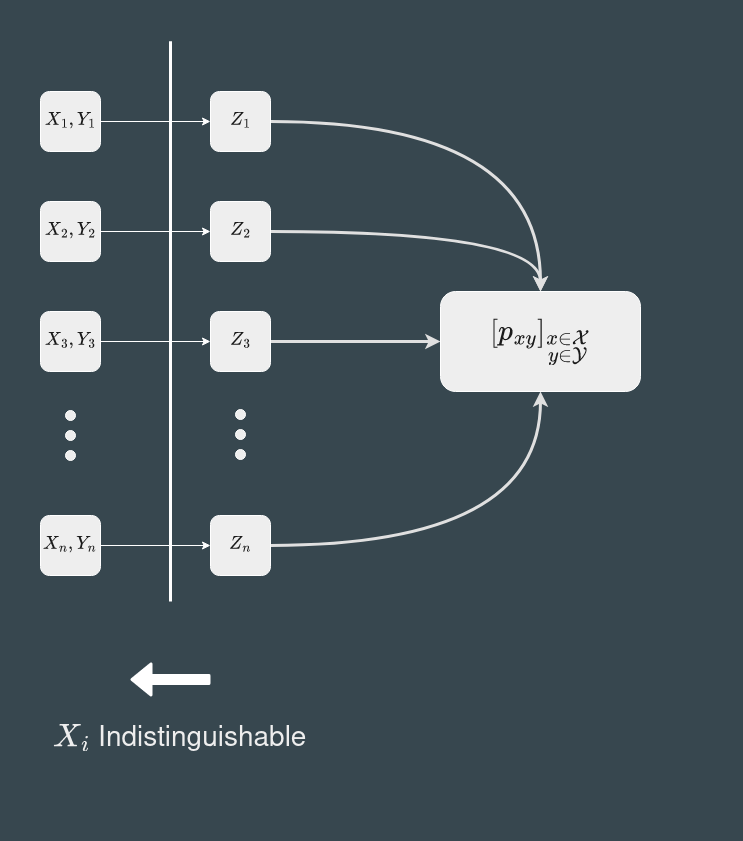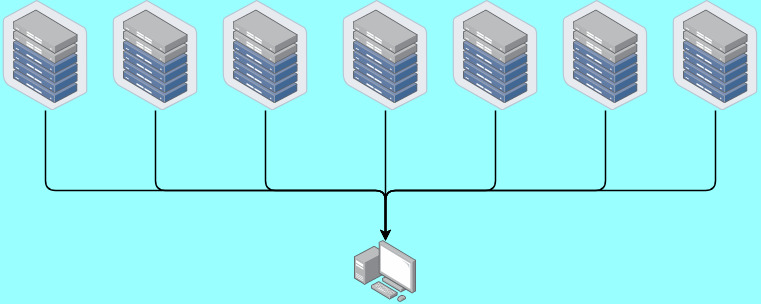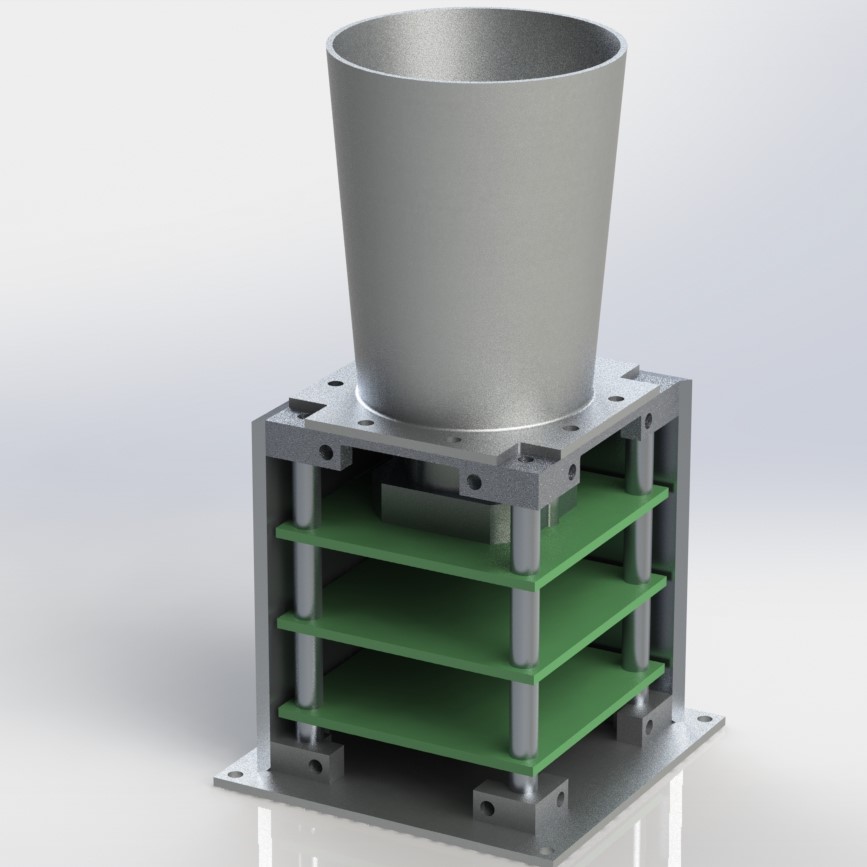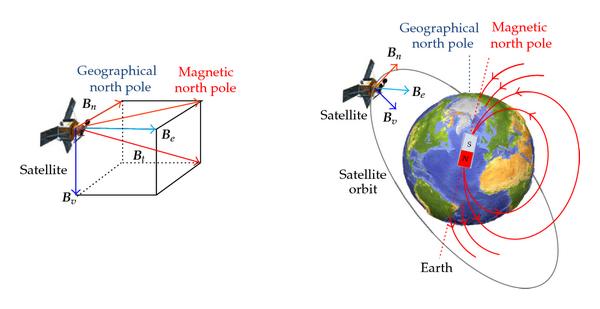About Me

Hello! I am a second-year PhD student in the School of Computer and Communication Sciences at EPFL, working with Prof. Michael Gastpar at the Laboratory for Information in Networked Systems (LINX).
I’m primarily interested in information theory, estimation, stochastic optimization, and the applications of the tools used in and/or created for these fields in the inspection of real-world scenarios. In general, I love applied probability (and, to a significant extent, applied mathematics) and modelling and analyzing conceptually complex systems.
I received my B.Tech and M. Tech degrees in electrical engineering, with a Master's specialization in communication and signal processing, from IIT Bombay, where I worked on differentially private distribution estimation with Prof. Nikhil Karamchandani and Prof. Bikash Kumar Dey for my Master's thesis.
I was also fortunate to work with Prof. Jonathan Scarlett at the National University of Singapore, and Prof. Jayakrishnan Nair during my time at IIT Bombay. I was a member of the IIT Bombay Student Satellite Program, where I worked on the Closed Loop Simulation framework as a controls engineer, and later on the team's star tracker as an electrical and systems engineer. More details on these projects can be found below.
Outside of research, I like reading, quizzing, hiking, listening to music, playing cricket, and (especially) complaining. I adore Calvin and Hobbes, and I'm a huge fan of Sandman (now a Netflix series! And while it is quite well-done, I still think the comics did it better :p) and the Warhammer 40k universe (click here for an awesome introduction to WH40k). I also play the tabla and a little bit of the Hindustani flute.
Publications
Journal Papers
Mismatched Rate-Distortion Theory: Ensembles, Bounds, and General Alphabets
Millen Kanabar and Jonathan Scarlett
Under review, IEEE Transactions on Information Theory
Conference Papers
Multi-User Random Coding Techniques for Mismatched Rate-Distortion Theory
Millen Kanabar and Jonathan Scarlett
Presented at IEEE ISIT 2022
Sizing and management of storage and demand response in the renewables-rich smart power grid
Millen Kanabar and Jayakrishnan Nair
Presented at ACM e-Energy 2021 (Notes Paper)
Survey and Analysis of Payloads for Missions on PSLV’s Orbital Platform
Aniruddha Ranade, Millen Kanabar et al.
Presented at the 2021 AIAA SciTech Forum
An Approach to Star Tracker Design for Nano-Satellite Applications
Virul Katla, Millen Kanabar et al.
Presented at NCSSTA 2020
Projects
Hover and expand for details. For a more complete list, please refer to my CV.
- All
- Research Projects
- IITB Student Satellite Program





